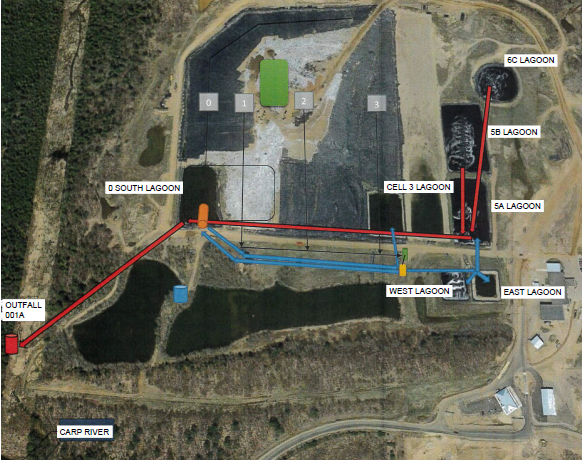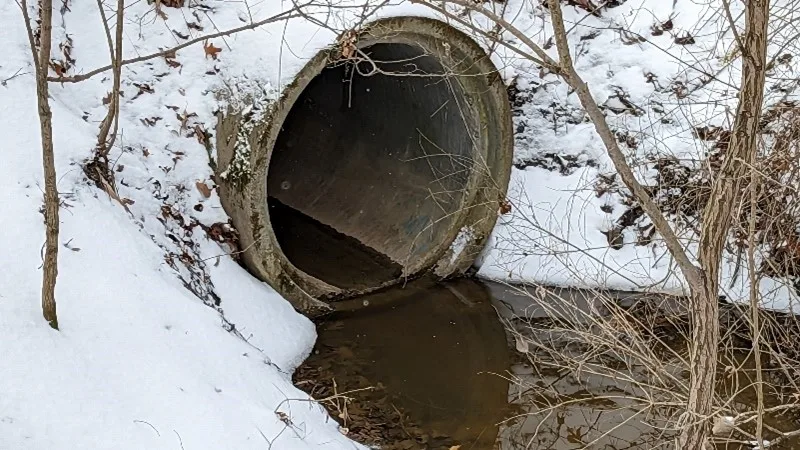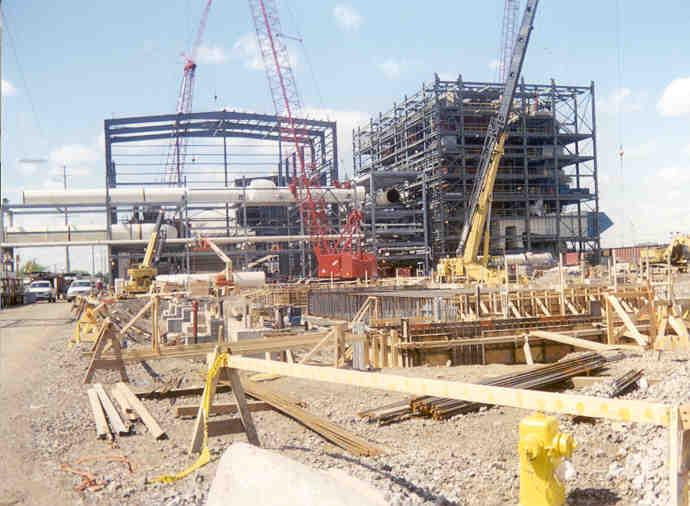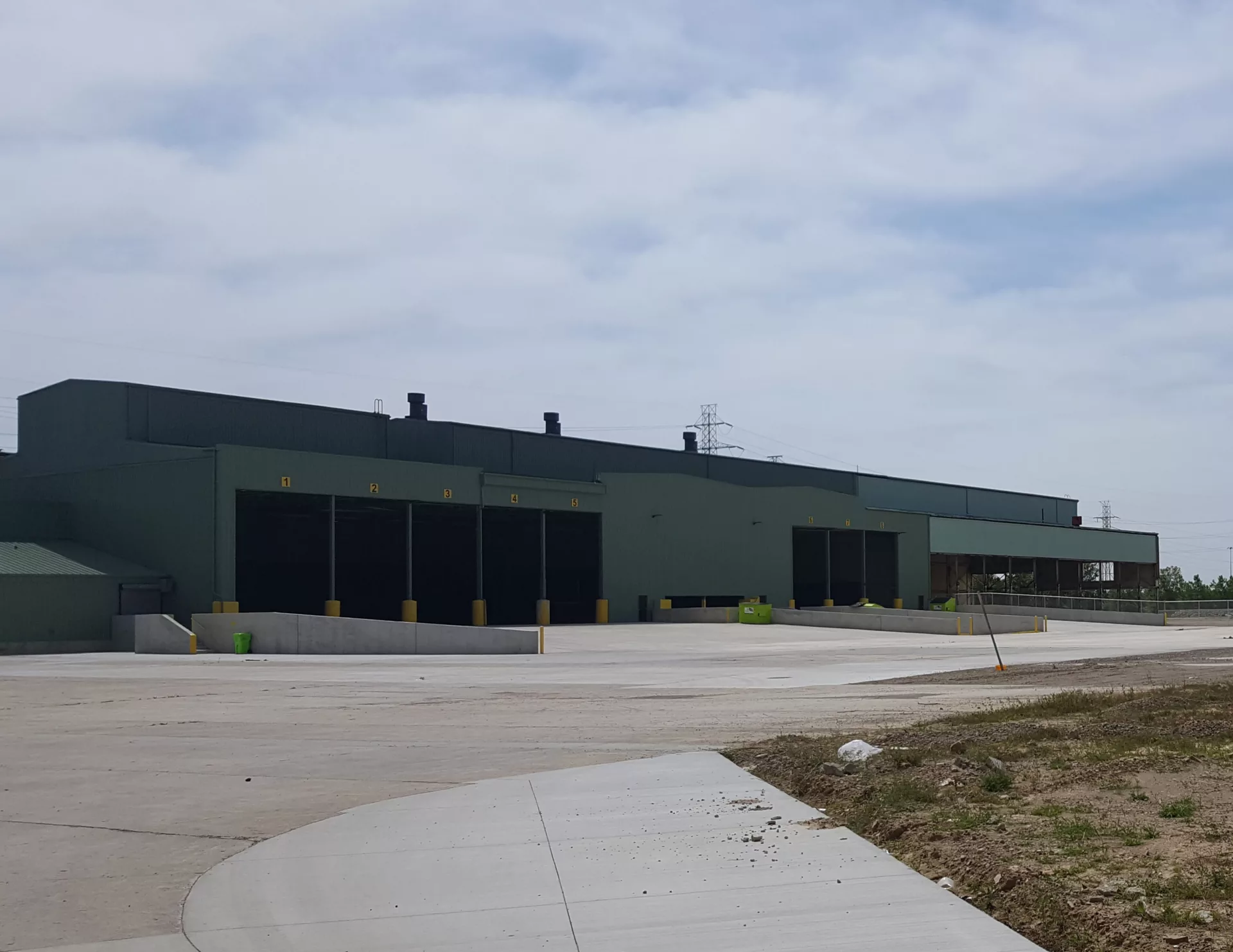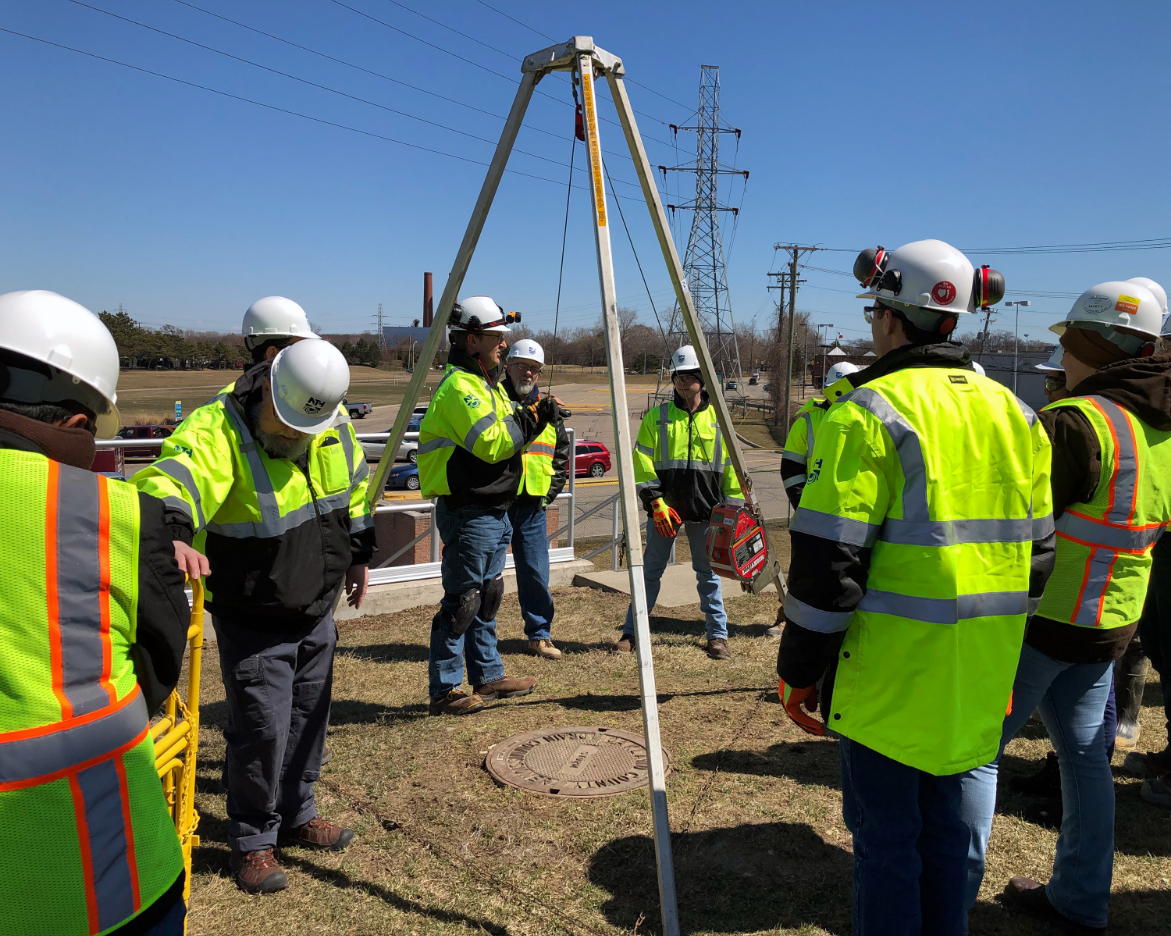Project Overview
The MCSWMA Type II landfill, licensed pursuant to Part 115 of Michigan’s P.A. 451 (1994, as amended), historically managed leachate disposal via trucking to a local treatment plant, which proved inordinately expensive, representing a significant portion of overall operating budget. Beginning in 2010, the Authority converted to an aeration-based treatment system, using a series of lined ponds and freshwater blending to achieve their National Pollution Discharge Elimination System (NPDES) permit requirements prior to discharge to the adjacent Carp River.
Beginning in 2020, faced with new regulatory requirements for per- and polyfluoroalkyl substances (PFAS), MCSWMA initiated efforts to manage these “emerging contaminants”, as well as increased chloride concentrations, which the existing aeration-based system could not sufficiently treat. Based on our statewide assessment of landfill leachate PFAS impacts completed in 2019, the Authority retained NTH to assist with funding options and to design a new on-site treatment system capable of achieving new NPDES discharge requirements and compliance with an associated Administrative Consent Order (ACO) issued by Michigan’s Department of Environmental Quality, Great Lakes, and Energy (EGLE).
Project Scope
Working closely with MCSWMA and EGLE staff, NTH and our subconsultants prepared a Clean Water State Revolving Fund Grant/Loan Clean Water Program application and associated Project Plan that addressed all required elements, including public engagement. Based on the on this submittal, which was completed in less than 6 weeks, EGLE awarded MCSWMA $4M to design and construct a new landfill leachate treatment system.
In late 2022, MCSWMA retained the NTH Team to prepare a treatment system design based on the selected alternative, a membrane bioreactor (MBR) with ultrafiltration (UF) and granular activated carbon system that will be housed in a new 5,100 square-foot building with a dedicated laboratory of office space. The design also includes new utilities, underground infrastructure, and improved freshwater blending components to allow year-round operation. This “first of its kind” treatment system, which will bid in 2024 and operational by 2026, will eliminate the need the existing aeration lagoons located within the landfill footprint, allowing unfettered expansion within the permitted solid waste boundary.
As with all PFAS removal systems, treatment residual disposal represents a significant challenge, especially in remote Marquette, Michigan where carbon regeneration technology is not economically viable. For now, and until PFAS destruction technology matures and becomes affordable, MCSWMA plans to dispose residuals (MBR/UF sludge and spent GAC) in thick, sealed HDPE “geobags” buried in designated areas of the landfill to prevent recirculation and contaminants concentration increases over time, As part of the overall project, NTH developed strategies to reduce infiltration and future leachate production, including active face minimization, landfill cell construction/closure phasing to reduce long-term treatment needs. Our recommendations may support MCSWMA’s long-term plan to serve as a regional PFAS disposal facility, increasing revenues to offset associated future treatment system expansion and operating costs.
